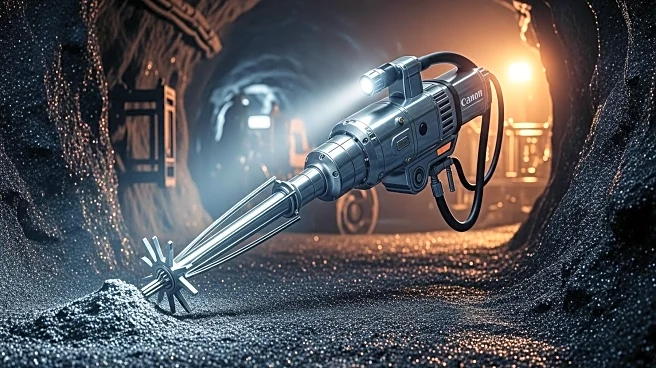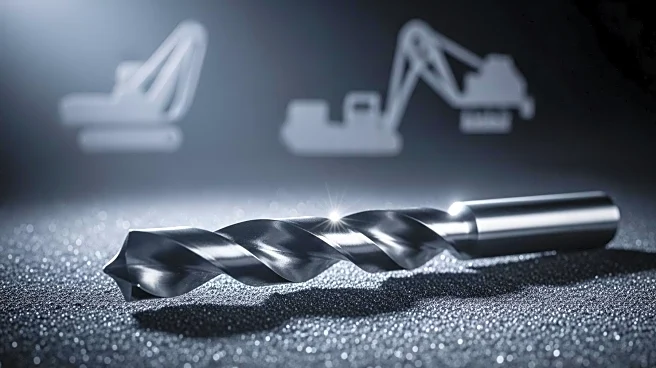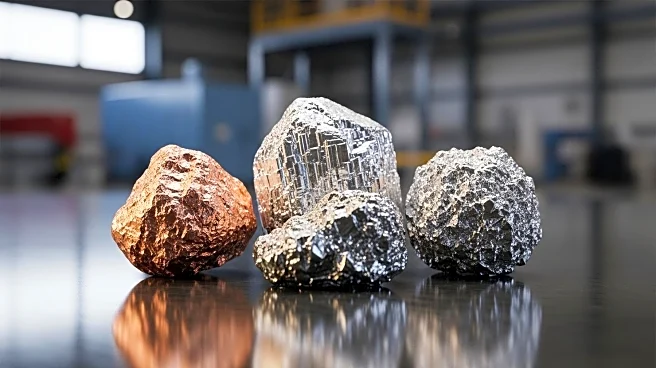What's Happening?
The U.S. government is bolstering domestic graphite production through a $120 million potential financing package from the Export-Import Bank (EXIM) for the Kilbourne Graphite Project in St. Lawrence County, New York. This initiative is part of a broader strategy to reduce reliance on foreign graphite suppliers and establish resilient domestic supply chains. The project, led by Titan Mining, aims to become the first commercial producer of domestically sourced graphite, addressing a critical vulnerability in U.S. supply chains. The federal support includes low-interest loans, tax incentives, and streamlined permitting processes to make domestic production economically viable.
Why It's Important?
The Kilbourne Graphite Project is significant for U.S. national security and economic strategy, as graphite is essential for defense applications, energy storage systems, and advanced manufacturing. Establishing domestic production reduces dependency on foreign suppliers, particularly China, which dominates global production. This move enhances supply chain resilience against international conflicts or trade restrictions. The project also supports the U.S. defense industry by providing secure material sources for weapons systems and communications, and it enables domestic manufacturing of strategic technologies, including batteries and electronics.
What's Next?
The Kilbourne Graphite Project is progressing through development stages, with production targeted to begin in the coming years. Key milestones include finalizing financing arrangements, completing technical studies, securing necessary permits, and constructing processing facilities. The EXIM Bank's letter of interest is a significant step forward, but the project still faces several development hurdles before reaching production. Titan Mining is actively working through these stages with federal support, aiming to establish a complete domestic graphite value chain.
Beyond the Headlines
The project represents a strategic foothold in domestic graphite production with significant expansion potential. It faces different economic considerations than international operations, with higher labor and compliance costs potentially offset by lower transportation expenses and reduced supply chain risks. The project could set new benchmarks for environmentally responsible graphite production globally, complying with stringent U.S. environmental standards.











